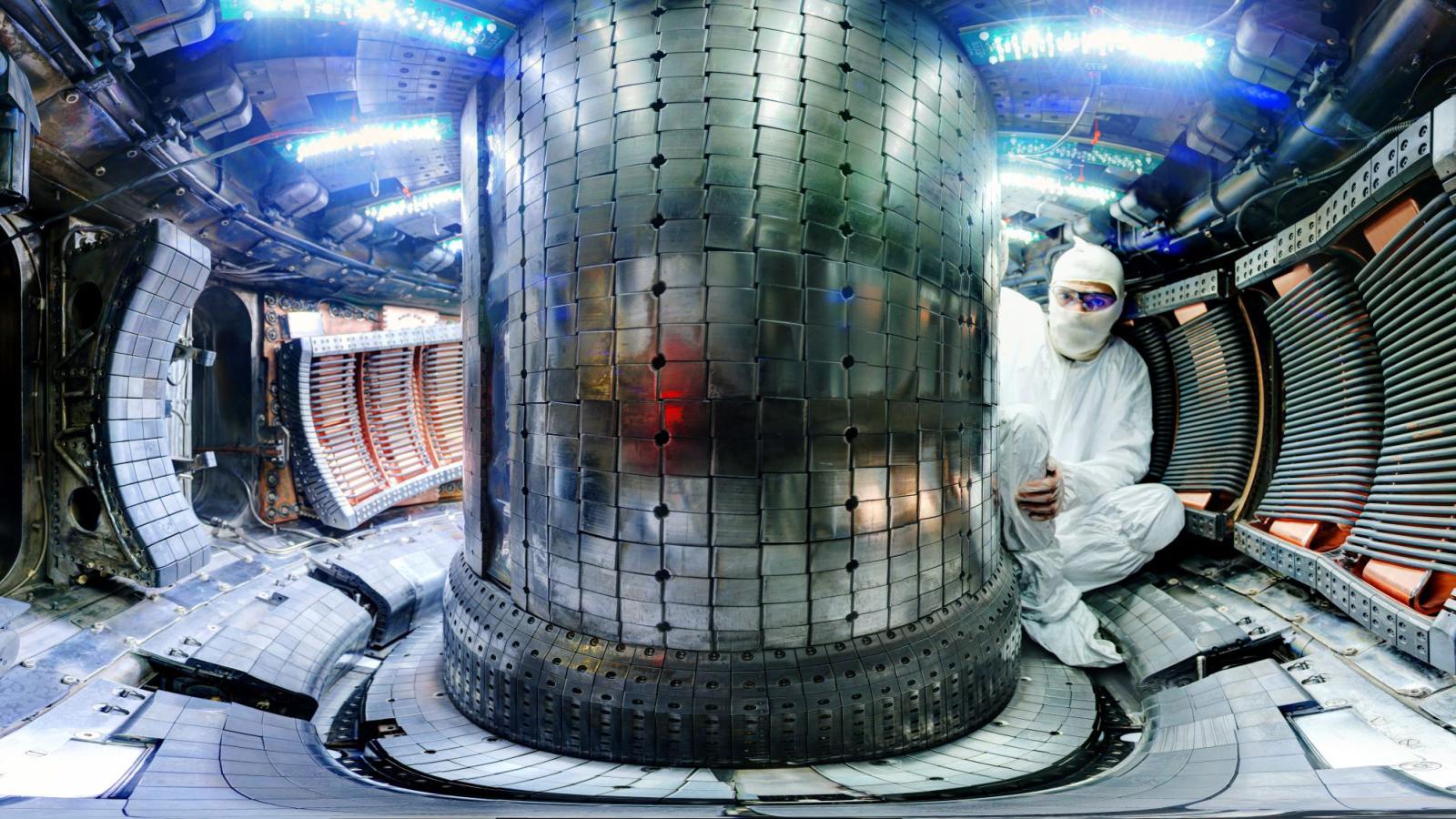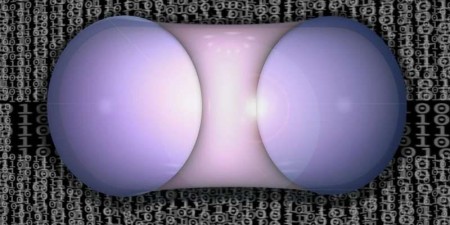
DIII-D is a tokamak that has been operated since the late 1980s by General Atomics (GA) in San Diego, USA, for the U.S. Department of Energy. The DIII-D National Fusion Facility is part of the ongoing effort to achieve magnetically confined fusion. The mission of the DIII-D Research Program is to establish the scientific basis for the optimization of the tokamak approach to fusion energy production.
DIII-D was built on the basis of the earlier Doublet III, the third in a series of machines built at GA to experiment with tokamaks having non-circular plasma cross sections. This work demonstrated that certain shapes strongly suppressed a variety of instabilities in the plasma, which led to much higher plasma pressure and performance. DIII-D is so-named because the plasma is shaped like the letter D, a shaping that is now widely used on modern designs, and has led to the class of machines known as "advanced tokamaks." Advanced tokamaks are characterized by operation at high plasma β through strong plasma shaping, active control of various plasma instabilities, and achievement of steady-state current and pressure profiles that produce high energy confinement for high fusion gain (ratio of fusion power to heating power).
DIII-D is one of two large magnetic fusion experiments in the U.S. (the other being NSTX-U at PPPL) supported by the U.S. Department of Energy Office of Science. The program is focusing on R&D for pursuing steady-state advanced tokamak operation and supporting design and operation of the ITER experiment now under construction in France. ITER is designed to demonstrate a self-sustained burning plasma that will produce 10 times as much energy from fusion reactions as it requires for heating.
